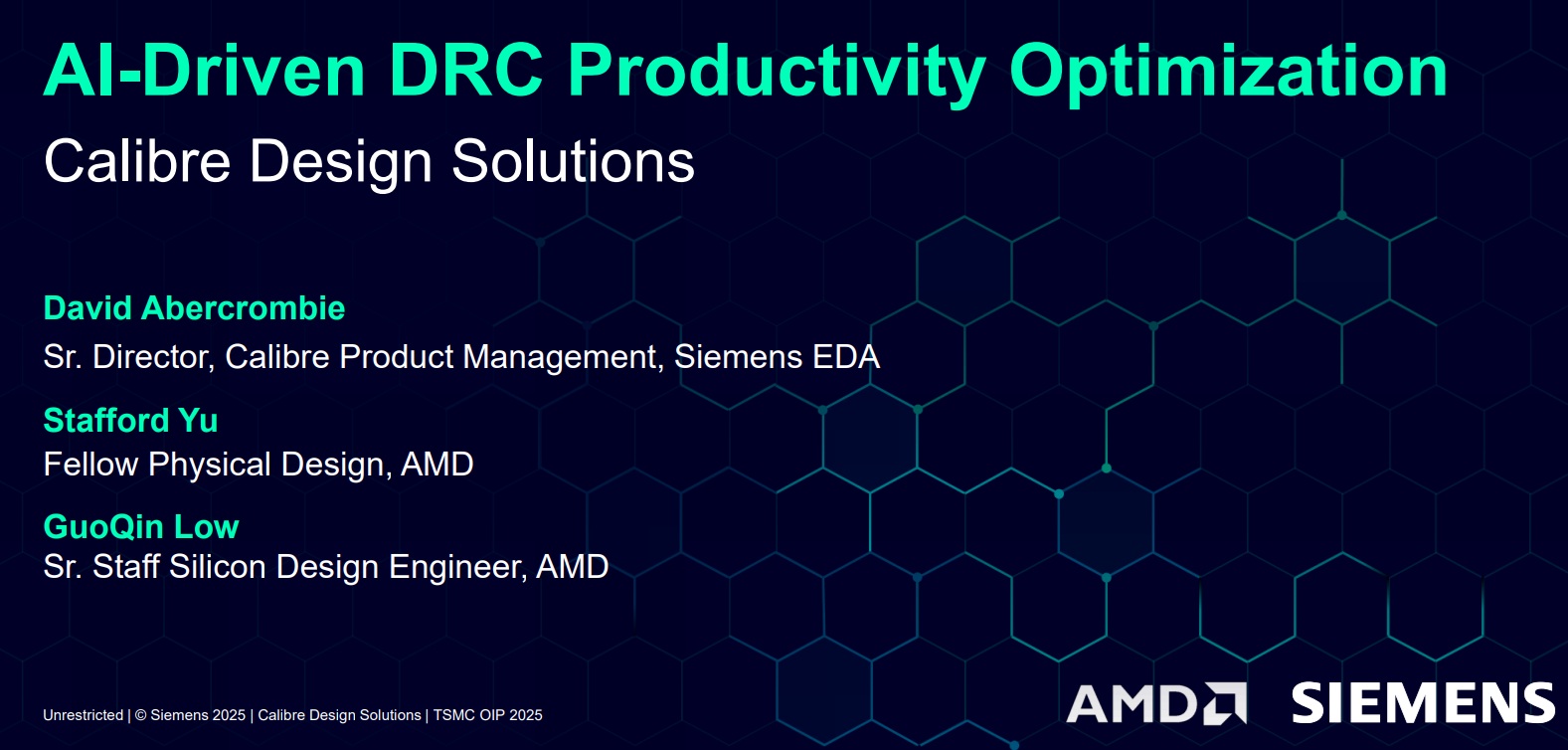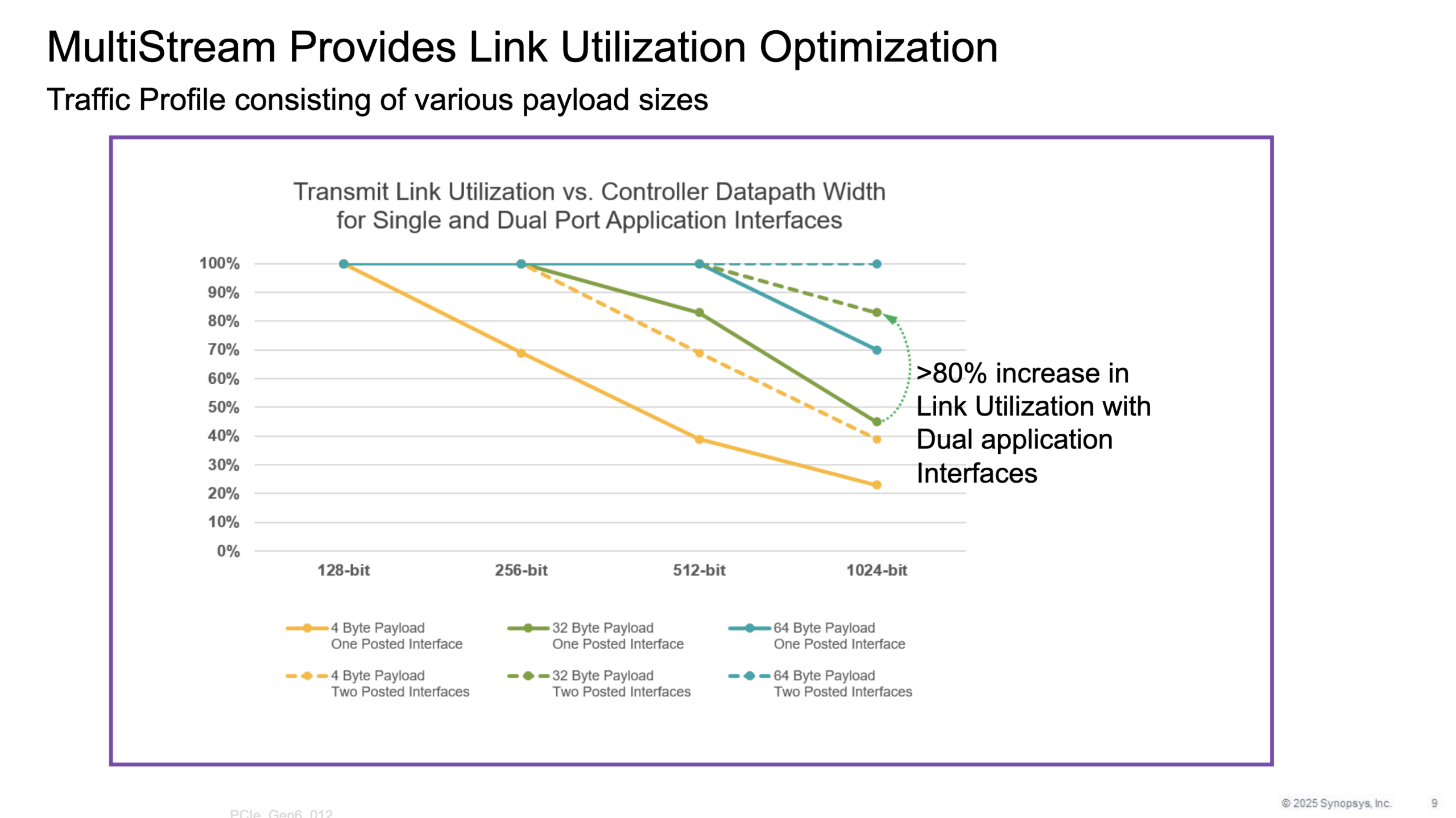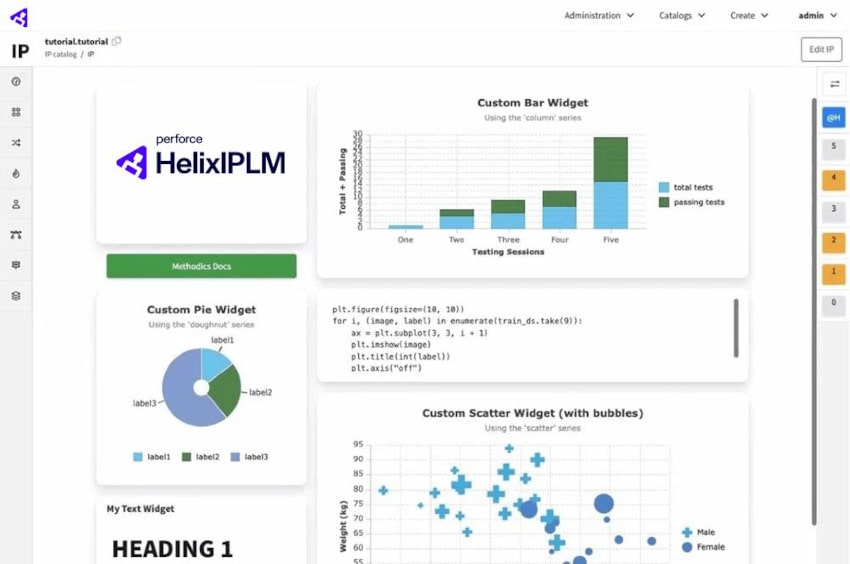There is ample evidence that technologies such as high-performance computing, next-generation servers, and AI accelerators are fueling unprecedented demands in data processing speed with massive data storage, lower latency, and lower power. Heterogeneous system integration, more commonly called 2.5 and 3D IC design, … Read More
 AI-Driven DRC Productivity Optimization: Insights from Siemens EDA's 2025 TSMC OIP Presentation In the rapidly evolving semiconductor industry, Design…Read More
AI-Driven DRC Productivity Optimization: Insights from Siemens EDA's 2025 TSMC OIP Presentation In the rapidly evolving semiconductor industry, Design…Read More How PCIe Multistream Architecture Enables AI Connectivity at 64 GT/s and 128 GT/sAs AI and HPC systems scale to thousands…Read More
How PCIe Multistream Architecture Enables AI Connectivity at 64 GT/s and 128 GT/sAs AI and HPC systems scale to thousands…Read More What's New with Integrated Product Lifecycle Management (IPLM)I’ve blogged about Methodics before they were acquired…Read More
What's New with Integrated Product Lifecycle Management (IPLM)I’ve blogged about Methodics before they were acquired…Read MoreWhat is Wrong with Intel?
One of the most popular topics on the SemiWiki forum is Intel, which I understand. Many of us grew up with Intel, some of us have worked there, and I can say that the vast majority of us want Intel to succeed. The latest Intel PR debacle is the abrupt departure of CEO Pat Gelsinger. To me this confirms the answer to the question, “What is … Read More
Enhancing System Reliability with Digital Twins and Silicon Lifecycle Management (SLM)
As industries become more reliant on advanced technologies, the importance of ensuring the reliability and longevity of critical systems grows. Failures in components, whether in autonomous vehicles, high performance computing (HPC), healthcare devices, or industrial automation, can have far-reaching consequences.… Read More
Podcast EP265: The History of Moore’s Law and What Lies Ahead with Intel’s Mr. Transistor
Dan is joined by Dr. Tahir Ghani, Intel senior fellow and director of process pathfinding in Intel’s Technology Research Group. Tahir has a 30-year career at Intel working on many innovations, including strained silicon, high-K metal gate devices, FinFETs, RibbonFETs, and backside power delivery (BSPD), among others. He has… Read More
Podcast EP264: How Sigasi is Helping to Advance Semiconductor Design with Dieter Therssen
Dan is joined by Dieter Therssen, CEO of Sigasi. Deiter started his career as a hardware design engineer, using IMEC’s visionary tools and design methodologies in the early days of silicon integration. Today, being CEO of Sigasi, a fast-growing, creative technology company is a perfect fit for Dieter. Having worked in that space… Read More
CEO Interview: GP Singh from Ambient Scientific
Gajendra Prasad Singh, also known as GP Singh, is a seasoned tech professional with over 26 years of experience in advanced semiconductor chips. With a zeal to solve the most complex technical problems, he harped on a difficult journey to create programmable AI Microprocessors, that provide high-performance in a cost-effective… Read More
SystemReady Certified: Ensuring Effortless Out-of-the-Box Arm Processor Deployments
When contemplating the Lego-like hardware and software structure of a leading system-on-chip (SoC) design, a mathematically inclined mind might marvel at the tantalizing array of combinatorial possibilities among its hardware and software components. In contrast, the engineering team tasked with its validation may have… Read More
PDF Solutions Hosts Executive Conference December 12 on AI’s Power to Transform Semiconductor Design and Manufacturing
PDF Solutions, Inc. will host an AI Executive Conference Thursday, December 12, in San Francisco featuring keynotes, presentations, panels and demonstrations offering insights into the power of AI to transform semiconductor design and manufacturing. The conference immediately follows the 70th Annual IEEE International… Read More
Accelerating Electric Vehicle Development – Through Integrated Design Flow for Power Modules
The development of electric vehicles (EVs) is key to transitioning to sustainable transportation. However, designing high-performance EVs presents significant challenges, particularly in power module design. Power modules, including inverters, bulky DC capacitors, power management ICs (PMICs), and battery packs, … Read More
A Master Class with Ansys and Synopsys, The Latest Advances in Multi-Die Design
2.5D and 3D multi-die design is rapidly moving into the mainstream for many applications. HPC, GPU, mobile, and AI/ML are application areas that have seen real benefits. The concept of “mix/match” for chips and chiplets to form a complex system sounds deceptively simple. In fact, the implementation and analysis techniques required… Read More











The Quantum Threat: Why Industrial Control Systems Must Be Ready and How PQShield Is Leading the Defense